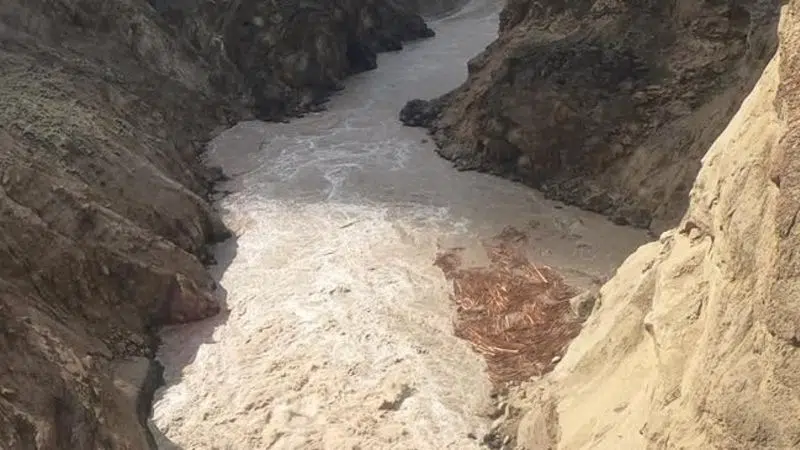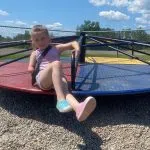
B.C. rock slide blocking salmon spawning prompts new fisheries restrictions
CLINTON, B.C. — A major rock slide in British Columbia’s Fraser River has prompted new restrictions to recreational and First Nations fishing of chinook salmon, as officials scramble to prevent long-term devastation of the population.
The slide in a remote area near Big Bar, northwest of Kamloops in the Interior, has created a five-metre waterfall that is blocking all but a small percentage of roughly hundreds of thousands of chinook from migrating upstream to spawn.
The measures announced Friday represent an “unquestionably difficult” decision in terms of the impacts on First Nations communities and on recreational fish harvesters, said Andrew Thomson, a regional director with the Department of Fisheries and Oceans.
“The potential for permanent loss of these chinook populations represents a greater threat to the livelihoods of all those who depend on salmon for sustenance and economic opportunity as well as for the wildlife that depend on them as a food source,” he said.

